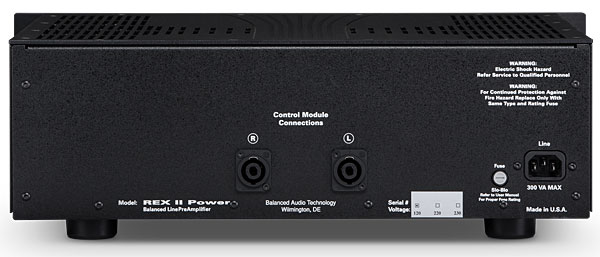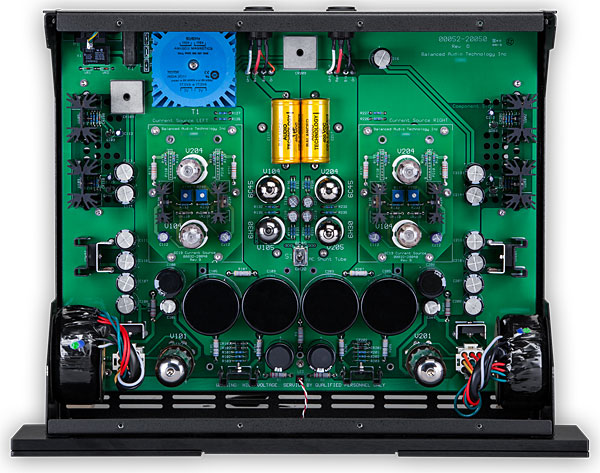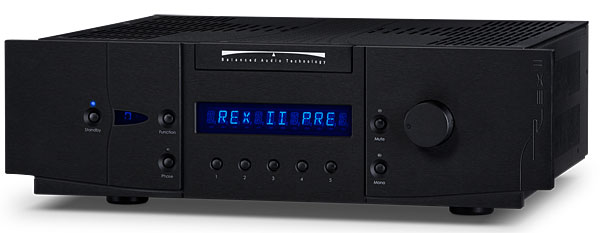| Columns Retired Columns & Blogs |
Excellent review, as always, FK. I really enjoyed reading about your swapping of cables and their profound effect(s) on the music.
It really amazes me at all of the details buried in recordings. Thank goodness there are products that helps us audiophiles get 'closer to the music'!








































